
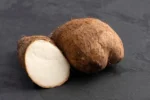
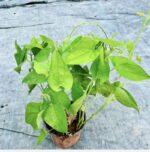
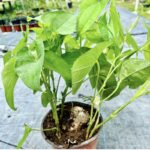
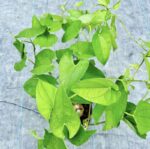
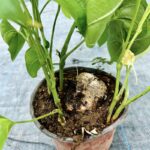
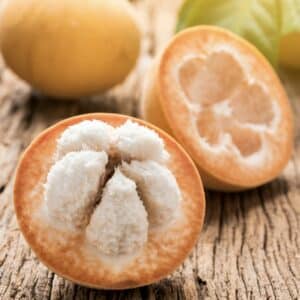
Lesser yam Ñame (Dioscorea alata) plant
$45.00 Original price was: $45.00.$39.99Current price is: $39.99.
Dioscorea alata, also known as purple yam, is a perennial vine that is native to Asia, but is now grown in many tropical regions around the world. It is a valuable crop plant, known for its large, starchy tubers that are a staple food in many cultures. In this description, we will discuss how to plant and care for Dioscorea alata, and some of the benefits it can provide.
The lesser yam, known as ñame in Spanish and scientifically as Dioscorea esculenta, is a tuberous root vegetable popular in tropical and subtropical regions, particularly in the Caribbean, Africa, Asia, and Latin America. This smaller yam variety is distinguished from other types of yams by its manageable size, sweet flavor, and relatively easy cultivation.
### Appearance and Characteristics:
The lesser yam is a vining plant with heart-shaped, dark green leaves. The vines can grow several feet long, often using other plants or structures for support. The tubers are usually smaller than other yam varieties, averaging about 6 to 12 inches in length and weighing a few pounds. The skin of the tuber is brown or tan, with a rough, textured appearance, while the flesh is typically white, creamy, or light purple, depending on the variety.
Lesser yam has a mild, sweet, and nutty flavor, making it a versatile addition to various dishes. It is often boiled, baked, fried, or mashed and used in both savory and sweet recipes. It is popular in Caribbean and African cuisines, where it is often served as a staple food alongside meats, stews, and vegetables.
### Growing Conditions:
Lesser yam thrives in warm, tropical climates and is typically grown in USDA hardiness zones 9 to 11. It requires well-drained, loamy soil rich in organic matter for optimal growth. Planting typically begins with pieces of the tuber or small “seed yams,” which are planted directly in the soil after the last frost has passed. The plant prefers full sun to partial shade and benefits from regular watering, especially during the growing season, to keep the soil consistently moist but not waterlogged.
### Cultivation and Maintenance:
The lesser yam is a vining plant and can benefit from trellises or other support structures to encourage vertical growth, which helps maximize space and improves airflow around the plant. This setup can reduce the risk of fungal diseases, which can affect yams in humid climates. Lesser yams take about 6 to 9 months to mature, depending on the growing conditions and climate.
Fertilizing with a balanced fertilizer during the growing season helps support healthy foliage and tuber development. Mulching around the base of the plant can help retain soil moisture, regulate soil temperature, and suppress weeds.
### Harvesting:
Lesser yams are typically ready for harvest when the vines begin to yellow and die back, usually after 6 to 9 months. The tubers should be dug carefully to avoid damage, as damaged tubers have a shorter shelf life. Once harvested, the tubers can be stored in a cool, dry place for several months. They are best used within a few weeks for maximum freshness and flavor.
### Culinary Uses:
Lesser yam is highly versatile in the kitchen. It can be boiled, steamed, roasted, or fried and is often used in soups, stews, and curries. The tubers can be mashed, much like potatoes, and are commonly served as a side dish. In Caribbean cuisine, lesser yam is often boiled and served with salt fish, meats, or stewed vegetables. It can also be made into yam flour, which is used in baking or to thicken sauces.
### Nutritional Value:
Lesser yam is a good source of carbohydrates, dietary fiber, and essential vitamins and minerals, including vitamin C, vitamin B6, potassium, and manganese. It is also low in fat and contains beneficial antioxidants, making it a nutritious staple food.
### Conclusion:
Lesser yam, or ñame, is a versatile and nutritious tuber that has been a staple in many tropical and subtropical regions for centuries. Its mild flavor, adaptability in cooking, and easy cultivation make it a valuable crop for both home gardeners and commercial growers. Whether served as a savory side dish or incorporated into more complex recipes, lesser yam is a delicious and healthful addition to a variety of meals.

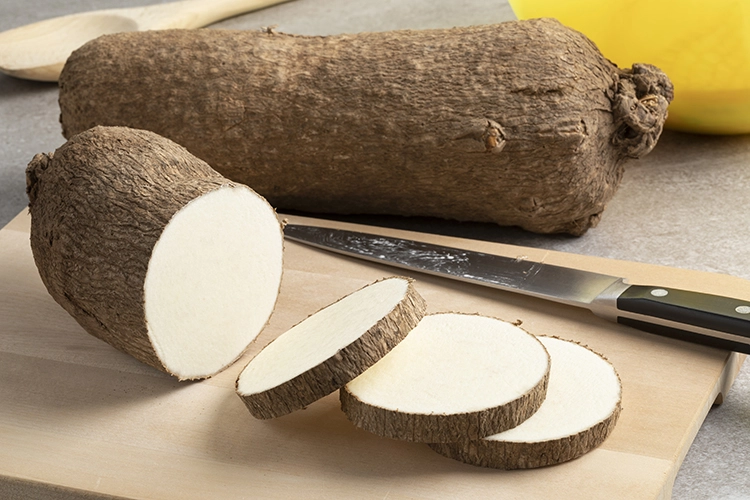
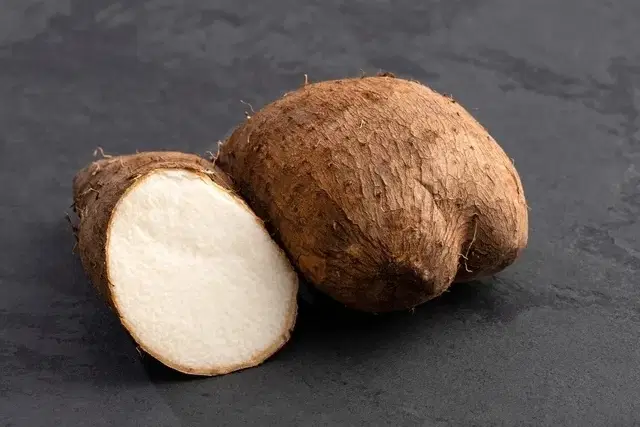
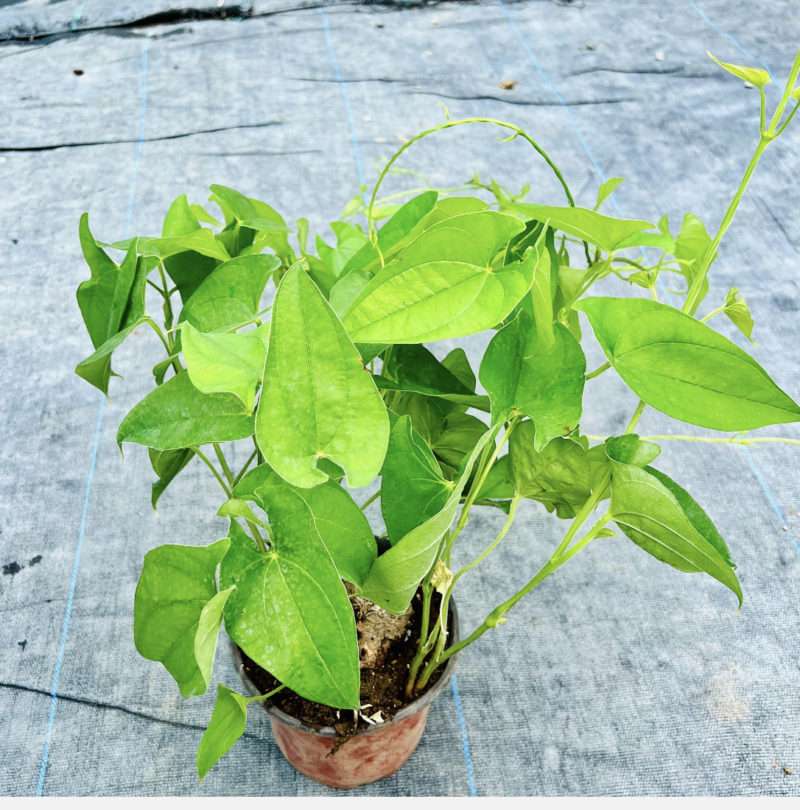
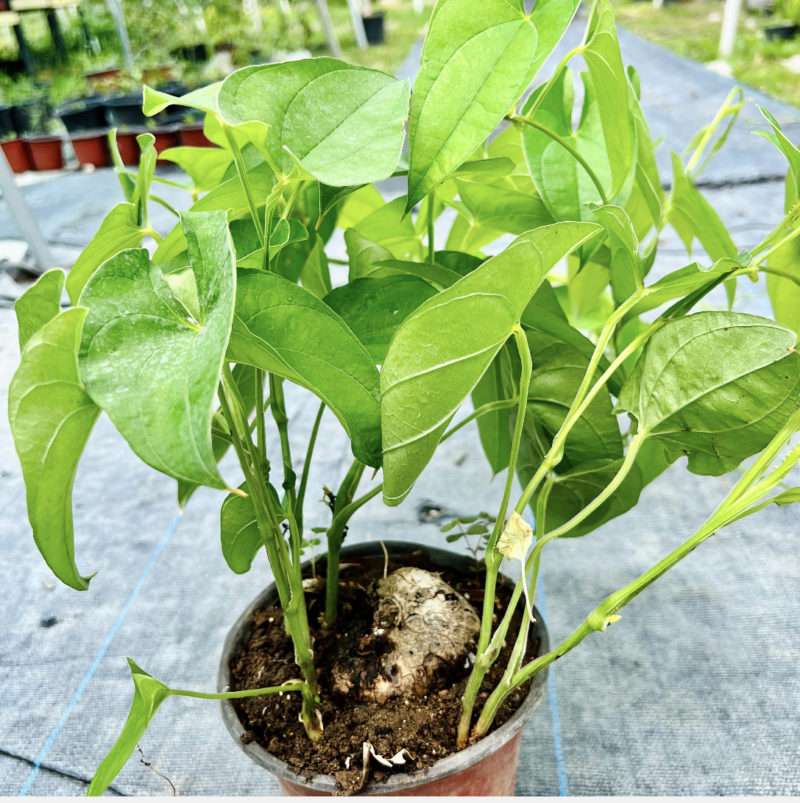
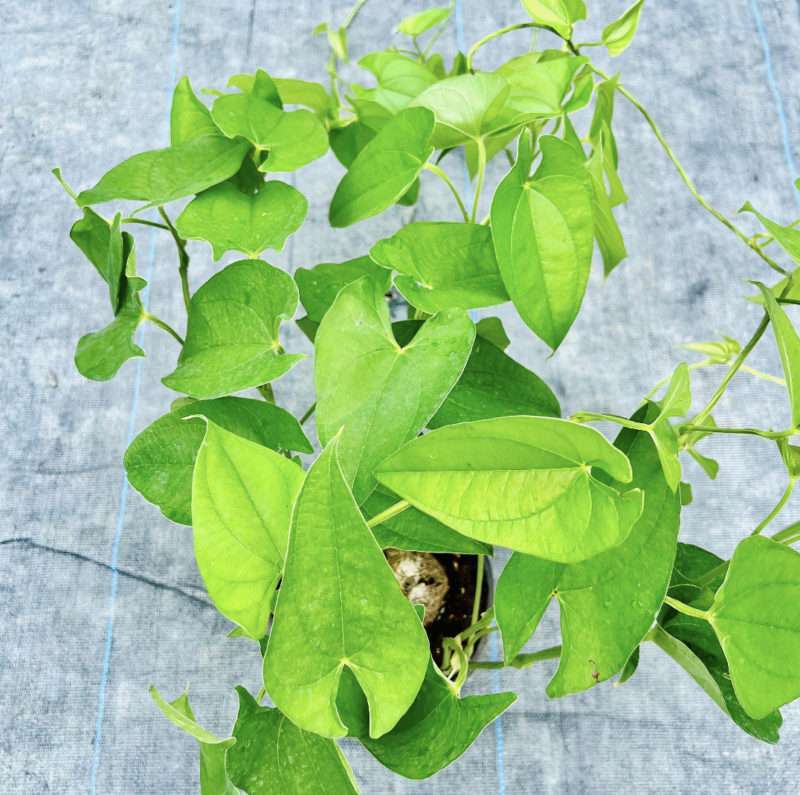
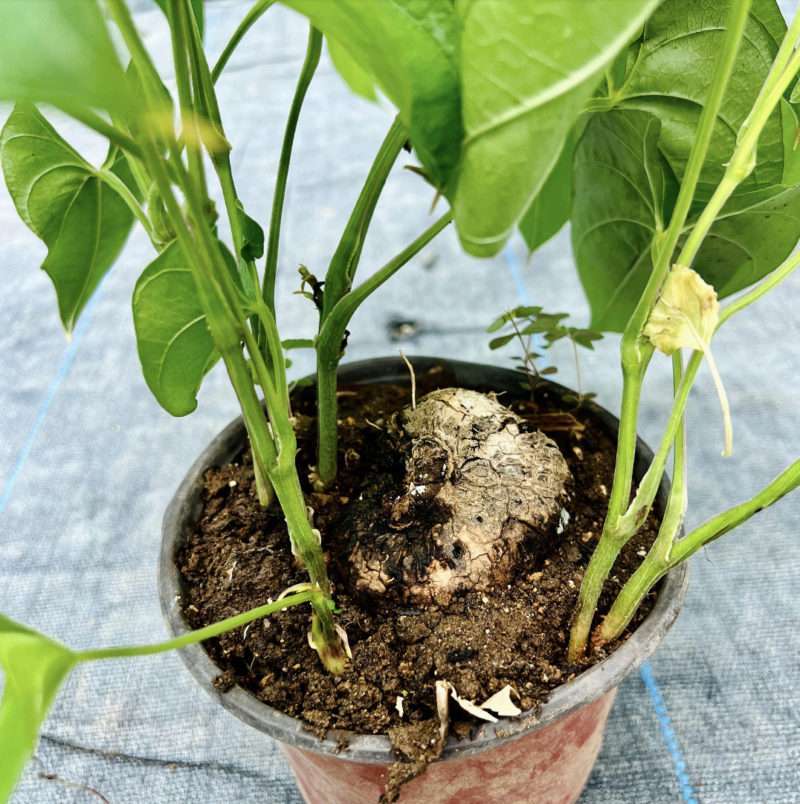
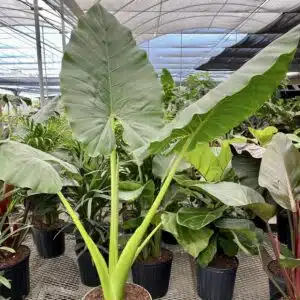




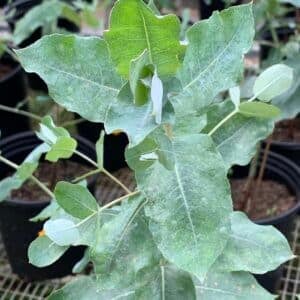
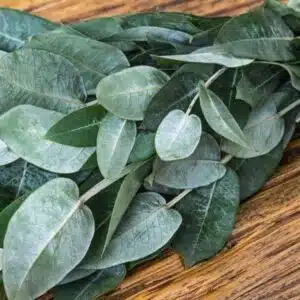
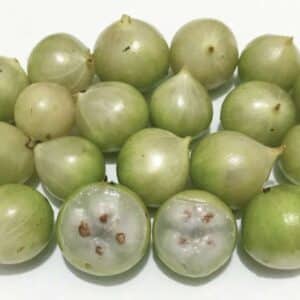
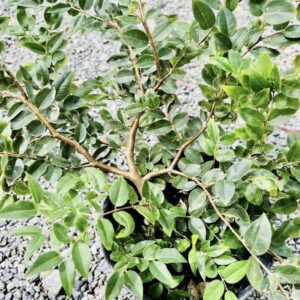

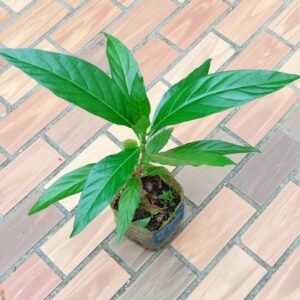
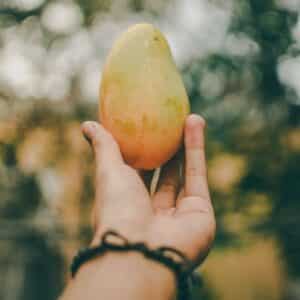
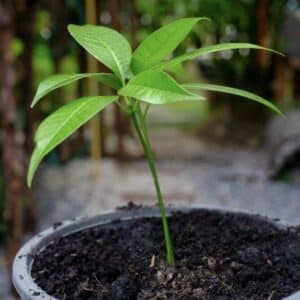

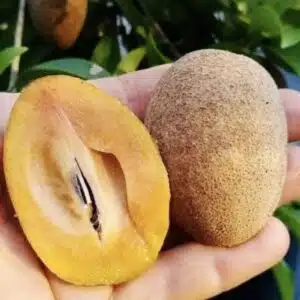
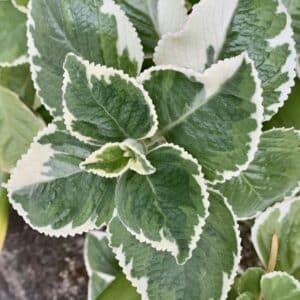

Reviews
There are no reviews yet.